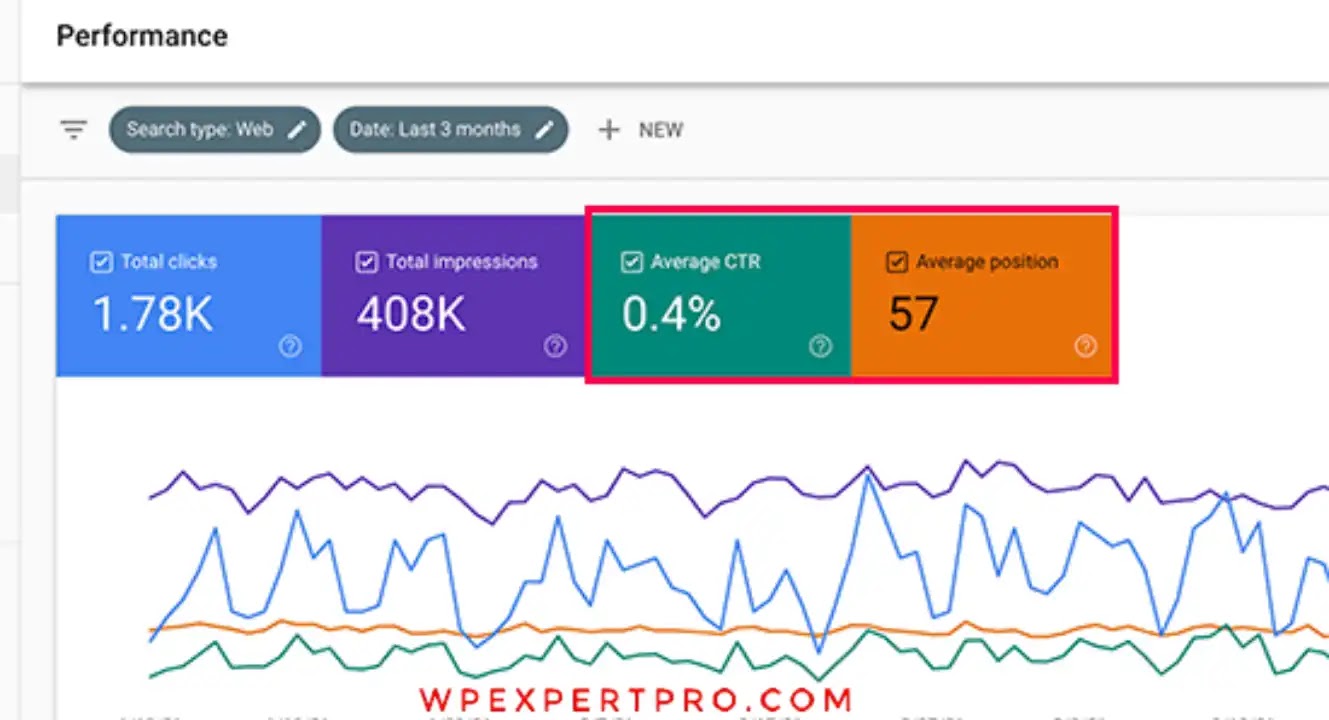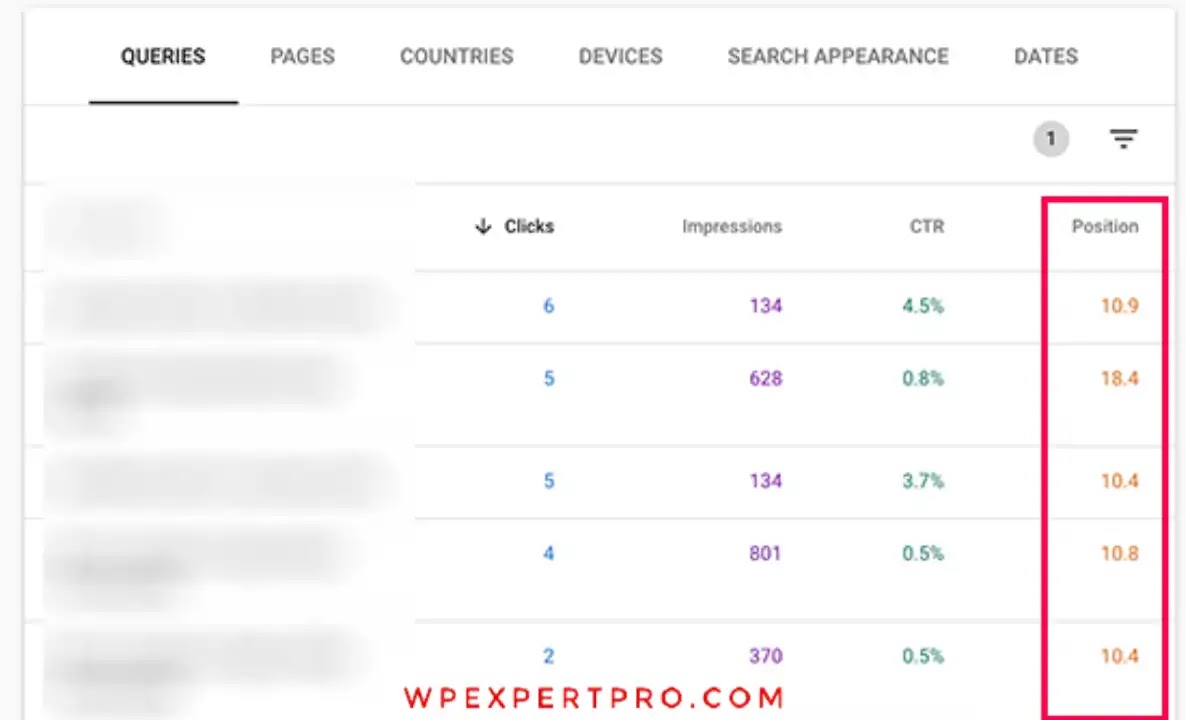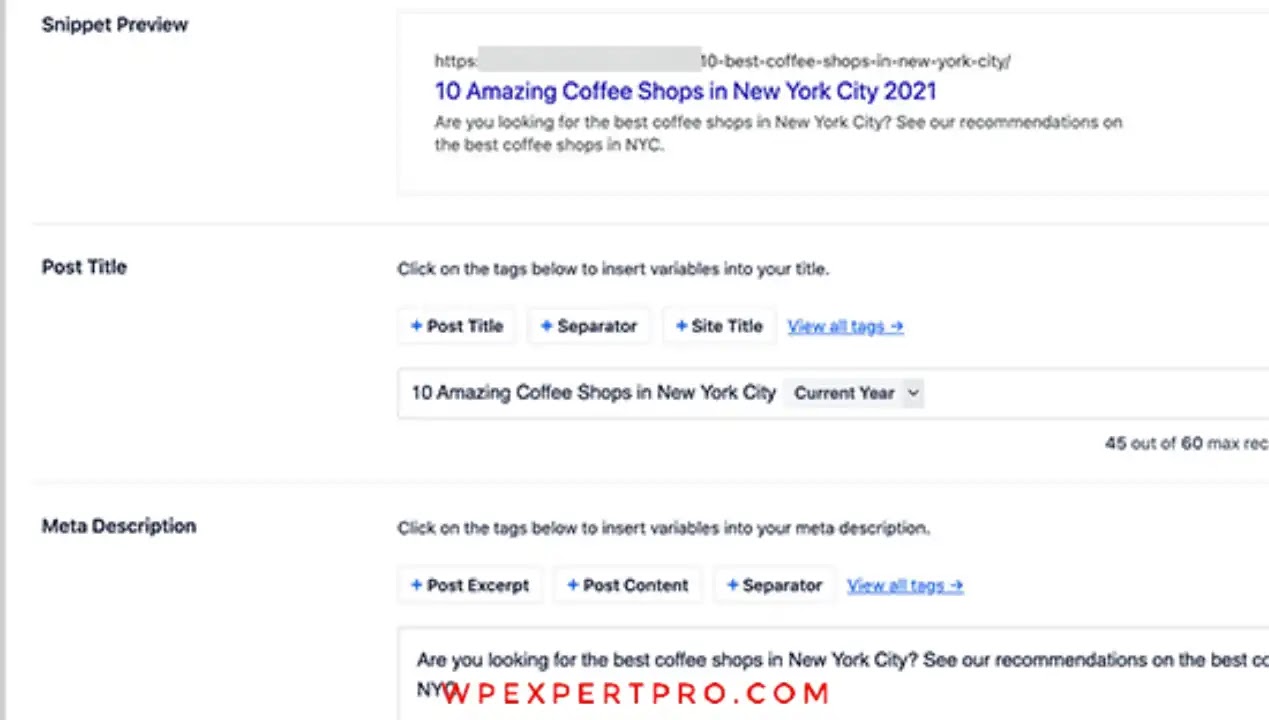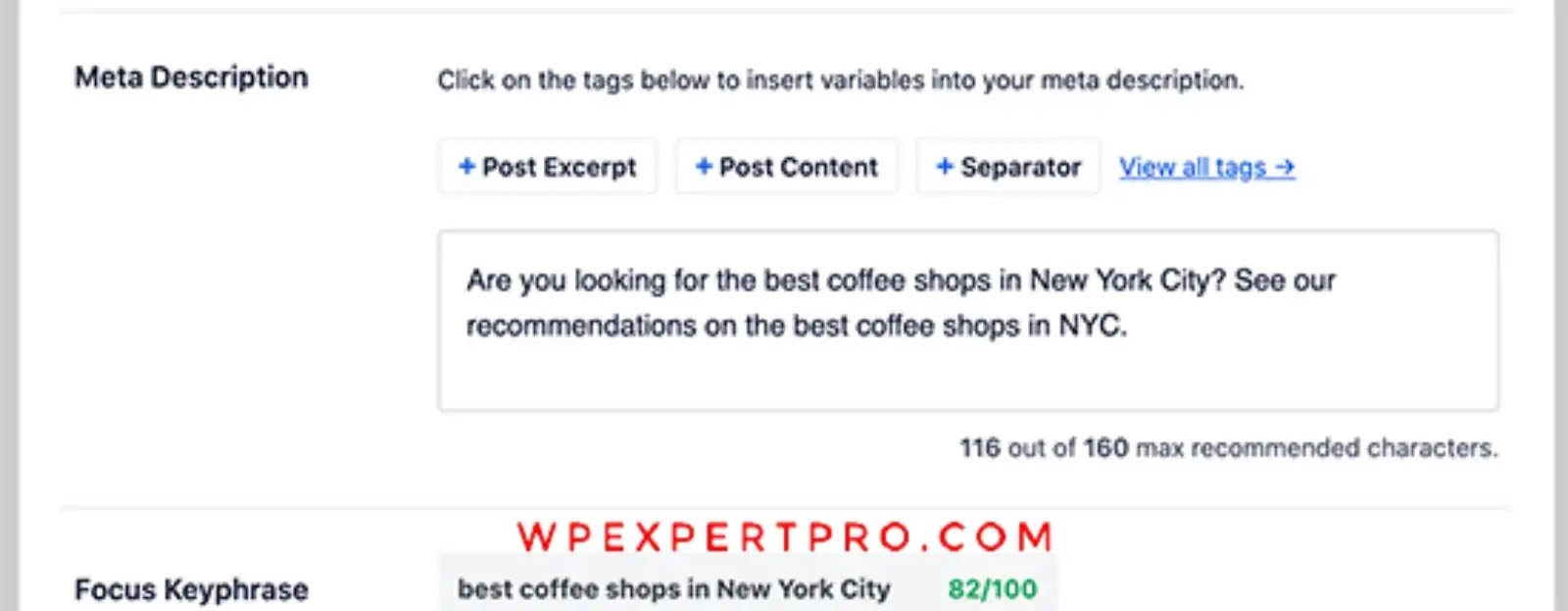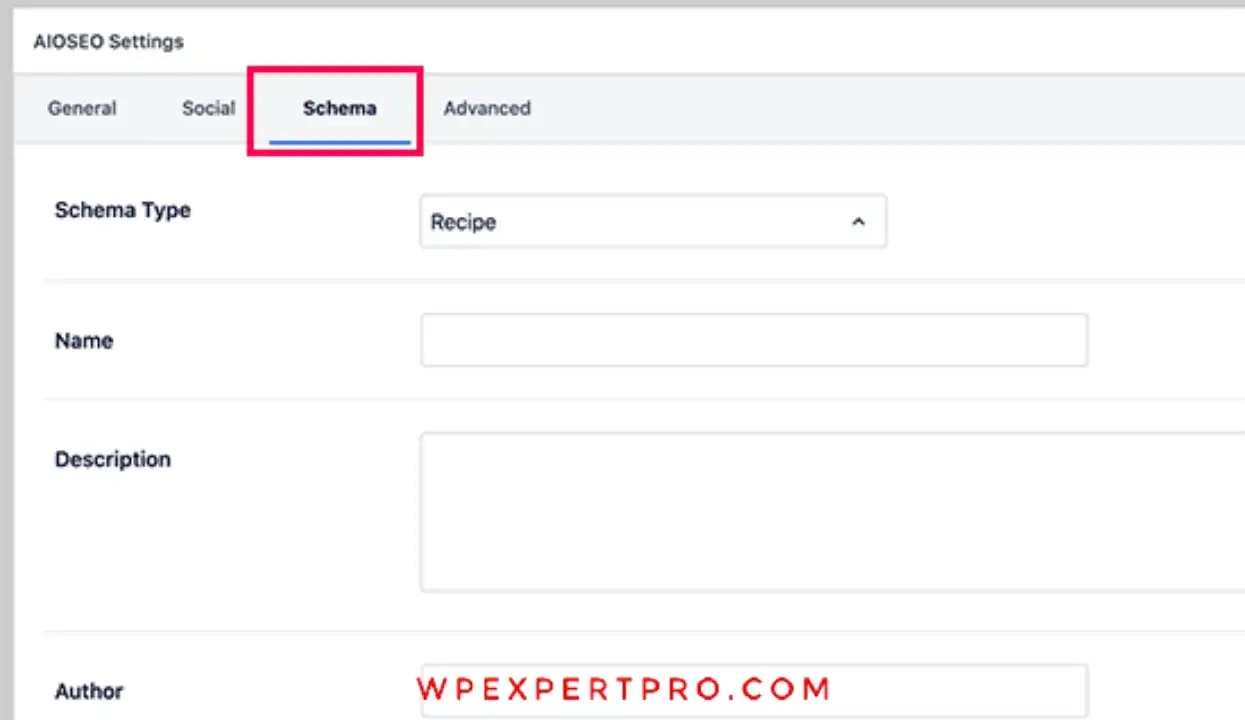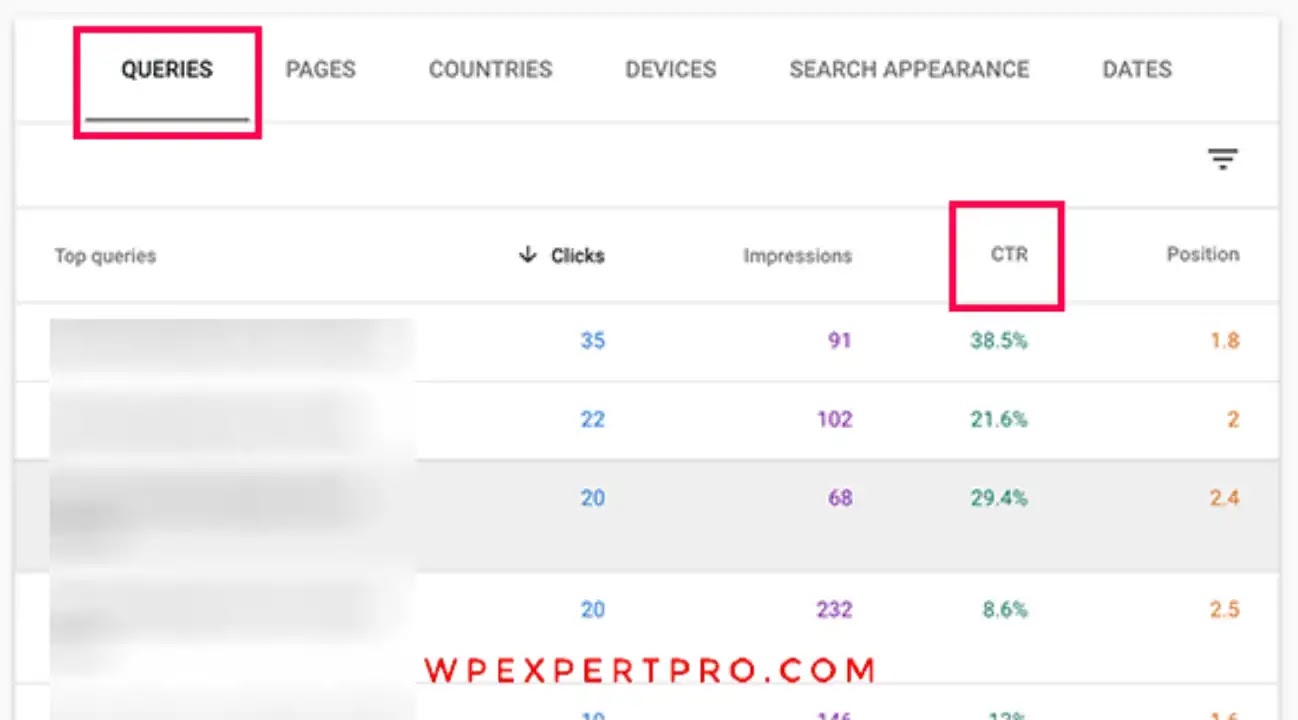Do you wish to boost your WordPress website's organic click through rate (CTR)?
The average number of clicks a page receives when it appears in search results is known as the organic click-through rate. Improving your CTR can assist you boost your SEO rankings and attract more search engine visitors to your website.
We'll offer our tried-and-true methods for increasing organic click through rate in this article (CTR)
What is the organic click-through-rate (CTR)?
The percentage of users who click on an item in the search results is known as the organic click through rate.
Let's say one of your posts came up 100 times in a search for a specific keyword. Out of them, three people chose to read your content, giving you a click-through rate of 3%.
Organic CTR is used by search engine algorithms to evaluate the performance of your website in search results. Pages with a greater click-through rate are more likely to appear higher in search results.
Increasing your CTR, according to many SEO professionals, is the fastest approach to boost your SEO ranks.
You can see which pages on your website are generating the most clicks as a website owner, and then repeat similar strategies on other sites.
You may also determine which pages are receiving no clicks and attempt to enhance them so that they receive a greater click through rate.
What is the best way to determine the organic click through rate?
Google Search Console is the simplest way to figure out your organic click-through rate.
Google Search Console is a free Google service that allows website owners to track how their site performs in search results.
After that, you can go to the Performance tab on your Google Search Console dashboard. The average click-through rate for your website is displayed at the top.
To add the average click through rate as a metric to your report, click on it. You'll see the average position box next to it; click it to choose it as well.
You must now scroll down to the section of the comprehensive report. You'll find terms you rank for with average clicks, impressions, CTR, and position under the Queries tab.
You can sort the results by position or CTR by clicking on any column.
Similarly, instead of viewing the results for keywords, you may move to the Pages tab to see the results for particular pages on your website.
Improving Your WordPress Blog Posts' Organic Click Through Rate.
Now that you know how to see your website's average CTR scores, the next step is to enhance your WordPress blog posts' organic click through rate.
In an ideal world, you'd start with pages that are already higher in the rankings, have good search impressions, and a CTR of less than 1%.
After that, you'd start focusing on low-hanging fruit. These are the pages that appear on the second or third page of the search results. You could wish to increase their click-through rate (CTR) so that you can rank higher and acquire more traffic.
That being stated, let's take a look at some tried-and-true strategies for increasing click-through rates across the board.
1. Create catchy headlines and SEO-friendly titles
The title or headline of your blog article is the most visible thing in search results.
To compel users' attention and get them to click, it must be relevant, catchy, and entertaining.
But how can you know which headlines will boost your click-through rates in search results?
Fortunately, there are a number of headline analyzer tools available that will examine your headlines and offer suggestions for improvement.
We'll use the MonsterInsights plugin because it has a headline analyzer. It is the greatest Google Analytics plugin for WordPress, and it allows you to see where your visitors come from and what they do when they visit your site.
The MonsterInsights plugin must first be installed and activated. See our step-by-step guide on installing a WordPress plugin for more information.
The headline analyzer is also included in the free edition of MonsterInsights.
The plugin must then be linked to your Google Analytics account. It will walk you through the process automatically, but if you need assistance, see our tutorial on how to install Google Analytics in WordPress.
You can simply update any post or page where you wish to optimize the title once it's set up. On the post edit screen, go to the top right corner and click the Headline Analyzer button.
This will bring up the Headline Analyzer tool, which will give you a score and some suggestions for improving your post or page title. You can try new headlines without saving them by switching to the 'Try New Headline' option.
Alternative: You may also use the web version of MonsterInsights' headline analyzer tool or IsItWP's Headline Analyzer to test headlines outside of the WordPress admin area.
2. Make Better Headlines with Dynamic SEO Titles
By default, WordPress uses the title> tag in the HTML for your page or post title. Search engines utilize this title tag to display your website listing.
For older blog posts and pages, you may use the All in One SEO plugin to automatically generate better SEO titles.
It is the most popular WordPress SEO plugin, with over 2 million users using it to enhance search ranks and click through rates.
The all in one seo plugin must first be installed and activated. AIOSEO is also available in a free version.
When you activate the plugin, it will guide you through a set-up wizard.
After you've finished, go to All in One SEO » Search Appearance and select the Content Types tab.
You can create dynamic SEO titles and descriptions for all of your posts, pages, products, and other post types from this page. When a post or page doesn't have its own SEO title or description, this title will be used.
You can also update the SEO title and description of any post or page on your WordPress site. Simply modify the post and scroll down to the section below the post editor labeled "AIOSEO Settings."
You may add a custom SEO title to your post and page from here. A live snippet sample of how it will appear in search results will appear.
You can also use Dynamic tags in your post titles, such as Current Month or Year, to avoid having to manually update them each year.
Once you've finished modifying your post, remember to save and update it.
3. Create descriptive meta descriptions that are useful.
When providing search results, most search engines build the description part automatically, so the most relevant text shows in the snippet.
However, for certain results, they would simply display the website owner's description. This is why you should include an SEO description for each of your posts and pages.
If you're using All in One SEO for WordPress, you can simply add your own SEO-friendly description to each post and page.
Make sure your SEO description contains your goal keywords and describes what readers will see when they visit your site. This improves user comprehension of your material and motivates them to click more frequently.
4. Make Use Of Relevant URL Slugs
WordPress employs a URL structure that is SEO-friendly. This allows you to construct URLs for your stuff that are meaningful, such as:
https://example.com/best-coffee-shops-in-new-york-city/
The URL slug is the final component of these URLs, which WordPress produces automatically based on the title of your post or page.
However, if your post title contains numbers, years, or is very long, it may become unusable.
To fix this, make sure the URL slug is manually corrected before publishing any post or page. To do so, go to the upper right corner of the content editor screen and click the Gear icon.
Expand the Permalink option after switching to the Post tab. Replace the default URL slug with your own here. Make sure there are no capital letters in your URL slug, and that words are separated by dashes.
To save your settings, remember to save or update your post / page.
5. Aim for Rich Snippets or the Answer Box.
What could be better than being the first result for a search query?
As an example, ranking as an Answer box or Rich Results. The answer box is Google's attempt to answer users' search queries with more thorough answers immediately on the search page.
Answer boxes have a 32.3 percent CTR on average, according to study conducted by Advanced Web Ranking.
There is, however, no quick way to rank as a rich snippet for a search query. The most effective method for most websites is to simply improve the content.
6. Make a Statement with Rich Snippets Schema Markup
The schema markup for rich snippets allows you to offer structured data with your content. This structured data is written in Schema.org markup, which is a unique format.
This markup is used by search engines to show your content in search results with additional information. This distinguishes your page from the rest of the search results, increasing CTR.
Using the All in One SEO plugin is the simplest way to add rich snippets schema markup to your WordPress website. It includes built-in schema markup support, allowing you to customize it for each post type, including posts, goods, reviews, and more.
Individual posts and pages can also have their schema type markup changed. Allowing you to use your blog posts as recipes, reviews, and articles, as well as providing search engines with additional structured data.
7. Increase click-through rates by improving local SEO.
Lower CTR might be caused by making your content appear for relevant terms but for the wrong audience. Local SEO can assist you solve this problem by allowing you to target local audiences.
This enables you to rank for a certain audience, making your result more relevant and increasing CTR.
To begin, you first create a Google My Business account. Using Google's My Business dashboard, you can add your business listing, prove that you own it, and manage your business details.
The All in One SEO for WordPress plugin, which includes a Local SEO add-on, is the next step. This extension allows you to use Schema markup to add your local company information to your website.
Simply fill out the forms with your business details and opening hours, and AIOSEO will add the schema markup for search engines to use in their results.
8. Improve Click-Through Rates on Older Articles
You may have previous articles on your website that have gotten outdated and have suffered a loss in rank. Several posts on several WordPress blogs are ranked on page 2 of Google search results.
Simply sort the Google Search Console's Performance report by position to identify them.
It would be rather simple to update the content on these pages. Making this optimization a regular part of your content review process is a quick and simple strategy to improve your search rankings.
9. Resolve Keyword Cannibalization Problems
It's conceivable that some of your targeted keywords will cannibalize others if they're in a really specialised category and your website has several resources on them.
This may cause search engines to become perplexed. For example, people might overlook your most crucial page in favor of something less significant or even irrelevant.
You may be possible to rank two pages for the same keyword, but the results will be incongruent. Users may be confused as a result of this.
Keep an eye on your top keywords and, if necessary, combine comparable phrases into a single complete resource. Then you may use 301 redirects to guide search engines to the main resource.
10. Improve Page Load Times to Improve User Experience
Google will begin pushing out page experience algorithm improvements in 2021. The user experience and website speed will be prioritized in these changes.
In SEO, speed is already a significant factor. Your search rankings are affected by faster page loading.
Here are a few basic pointers that you can start using right away.
- Make use of a more reliable WordPress hosting solution.
- Install and activate a caching plugin for WordPress.
- Optimize images for faster website loading.
- Use a CDN service or a Web Application Firewall.
We offer a comprehensive WordPress performance and speed guide with step-by-step instructions to help you improve the performance of your website.
11. Maintain User Engagement on Your Website
Some of your pages may already have a high bounce rate but a high organic CTR. This indicates that consumers visit certain pages but then leave without visiting any other pages.
By keeping visitors interested, you can show them more material and guide them through your sales funnel to become customers or subscribers.
Internal linking, in our experience, is the most effective way to keep users engaged. Make sure your top articles link to other articles and provide plenty of possibilities for users to click.
You may also add similar posts or popular posts widgets to your site to provide new readers extra ways to find information.
Users are more likely to view more pages, join your email list, and buy your products if they spend longer time on your website.
12. Increase the number of subscribers and customers by converting users.
It's crucial to remember that increasing website traffic isn't always enough to help your internet business flourish. When the algorithm changes, relying solely on search traffic might be disastrous for your organization.
Any business's ultimate goal is to take advantage of higher CTR and convert those users into customers or subscribers.
This is where OptinMonster comes in handy. You can utilize a free WordPress plugin from them.
It is the best conversion optimization software on the market. You can simply increase conversion rates, increase revenue, and grow your email list using OptinMonster.
Lightbox popups, countdown timers, notification bars, slide-in pops, spin the wheel popups, and more are all included.
All of these technologies assist you in encouraging clients to spend more time on your website, purchase products/services, follow you on social media, or subscribe to your email list.
It allows you to show customised campaigns at exactly the right time thanks to robust display rules. For example, you can provide free delivery to visitors in a specific region or offer a discount coupon just as they are ready to leave your site.
You can simply convert traffic from your CTR into sales and repeat visits with dozens of themes.
We hope this article helped you boost your WordPress website's organic click through rate (CTR).



